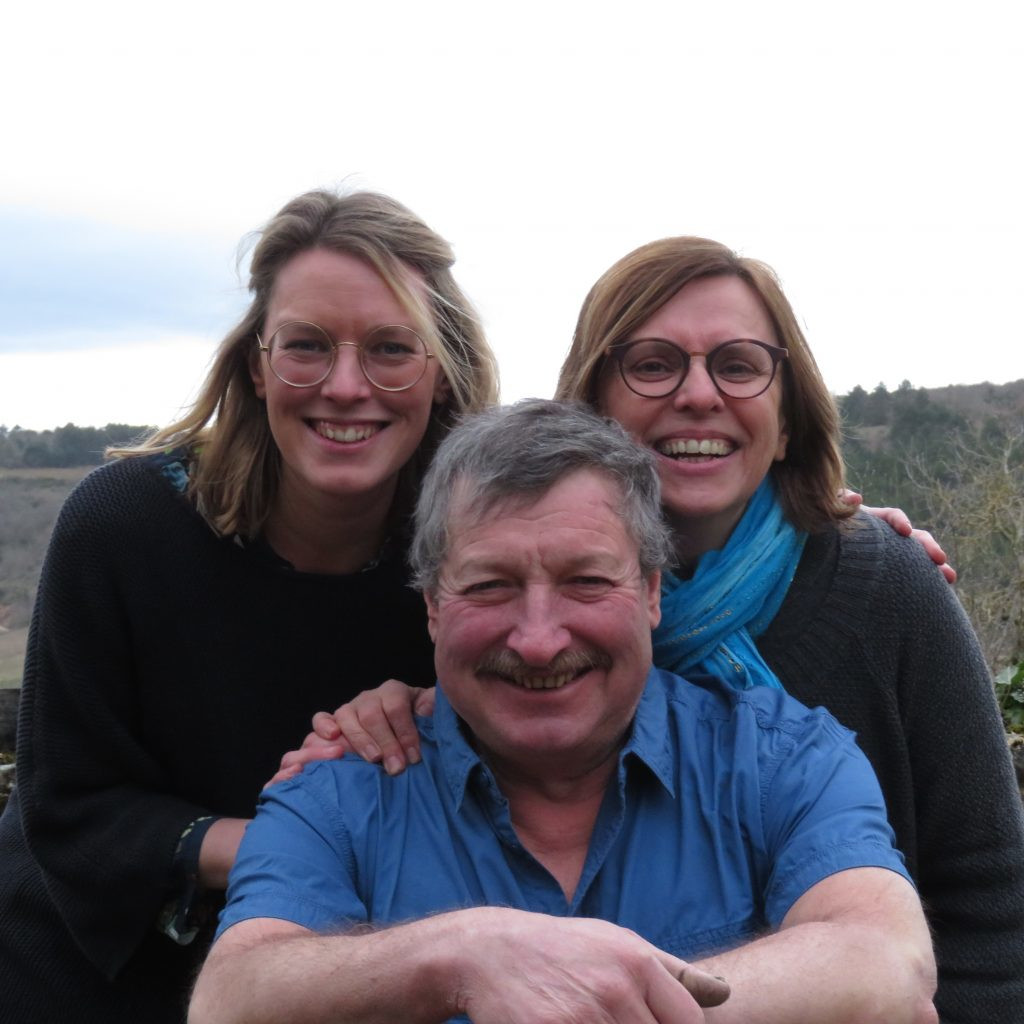Domaine De Suremain
Eric De Suremain talks a lot about synergy. Synergy between where you come from and who you are. He inherited much more from his father than just the chateau in the center of Monthelie. He got a passion for the land, the rudiments of viticulture, a love of the vine and the culture of wine. And when he talks about synergy between who you are and respect of that heritage, the discussion turns to biodynamics.
After graduating with a technical agricultural degree and the requisite tour of the world’s wine regions, Eric took on the family estate in Monthelie in 1978. And since then he has become one of the leading figures in biodynamic viticulture in Burgundy. He compares biodynamic farming to an orchestra conductor. His actions have more to do with keeping Nature in tune in his vineyards than they do with treating or preventing problems.
Principles
The domain has been worked according to established organic agriculture charters since 1996, and has been certified since 2000. This means that each harvest must be certified, and that the domain is regularly inspected to verify that their methods are in accordance with these charters. The domain holds that biodynamics is the essence of the soil, and by adopting these principles they have learned to observe, to better see, the plant, the soil and the individuality of each parcel of land. These principles hold that the influence of the sun, moon and constellations on the four earthly elements (earth, air, fire and water) should hold the whole in harmony. Biodynamic interventions are intended to aid this natural balance.
Vinification
Everything begins well in advance of the harvest. The domain uses large wooden vats for the reception and maceration of the grapes. But these vats are intentionally only used once a year and only for this purpose. This means that during the rest of the year, the wood dries out and shrinks. Preparing the vats for use therefore is a slow methodical process requiring the assistance of a barrel maker. The idea is that this dry wood becomes a home for indigenous yeasts. So there is no need to add yeast to start fermentation, and these indigenous yeasts will have a natural affinity with the grapes and the vinification.
Fermentation of the whites take place after a light pressing using a vertical Champagne-style press, after which the juice is ‘filtered’ through a layer of compressed grapes, thereby removing the coarser lees and allowing the fine lees, the nourishing lees, to seep through. This juice stays 3-4 days in the vat to allow any solids to settle out. It is then transferred to barrels or wooden vats where the first, alcoholic, fermentation takes place.
Fermentation of the reds takes place after a total de-stemming without pressing. (In certain years up to 30% of the harvest may be left on the stems.). Natural yeasts set off the fermentation without any technical intervention. Once the fermentation is underway, the only intervention is a twice-daily punching down of the cap. This is done in the traditional way, with someone climbing into the vat with bare feet.

The principle is that the grape skins give the juice color, complexity and finesse. Therefore temperature and specific density are closely followed until the fermentation has finished. The whole is then pressed and the free run wine is mixed with the pressed wine and placed in barrels or wooden storage vats.
The second, malo-lactic, fermentation is allowed to take place naturally. Before the following harvest, the wines are racked to make a homogenous blend. Whites are raised 15 months. Reds between 18-20 months, depending on the year and the recipient.
Bottling is done at a time that, according to the vintage, tastings and the lunar calendar, assures an unhurried process. A week before bottling the wines are racked again and filtered kieselgur. The wines are then allowed to rest for a week before bottling by gravity feed. The bottles are then stocked at least several month before going to market.
Appellations
Total Monthelie 5.74 ha
Monthelie village
Remagnien 87.99 ares
Monthelie 1er cru
Barbières 37.85 ares
Haubruns ( Riottes) 51.21 ares
Monthelie 1er cru le Clou des chênes 71.64 ares
Monthelie 1er cru sur la Velle 3.09 ha
Monthelie 1er Cas Rougeot 16.45 ares to be replanted
Total Rully 5.01 ha
Rully 1er cru
Rully 1er cru Meix Caillet blanc 36.50 ares
Rully 1er cru Agneux blanc 39.73 ares planted in 2009
Rully 1er blanc assemblage Pillot 1.35.96 ha et Cloux 89.12 ares
Rully 1er cru Préaux rouge 2.00 ha